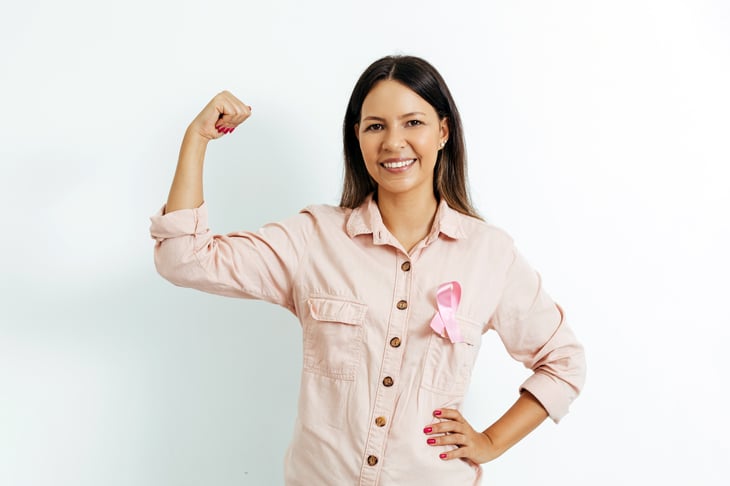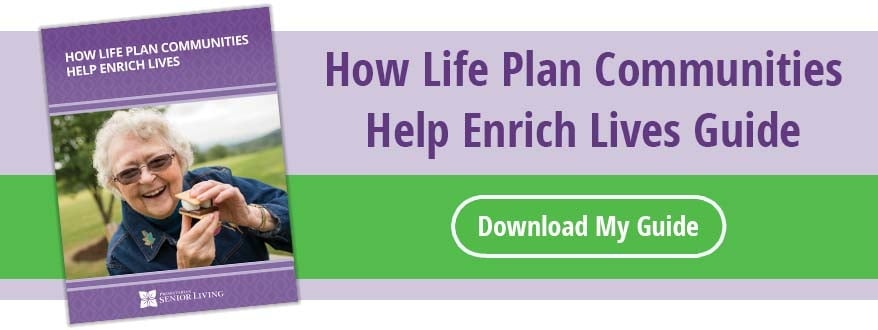
Ways to Prevent Breast Cancer and What You Can Do to Be Aware
Breast cancer is one of, if not the most, common types of cancer. The American Cancer Society predicted there would be about 287,850 new cases in 2022 for women alone. During the month of October, Breast Cancer Awareness Month, we want to bring up ways to help prevent the disease as well as ways to increase awareness.
While some factors are completely out of hand like genetics, family history, etc., there are some things that we can do to help protect ourselves from the disease. These include maintaining a healthy weight and lifestyle, limiting alcohol, avoiding smoking, and more.
It is also more beneficial to catch the disease as early as you can, so we’re providing you with a list of symptoms to look out for and what potential signs to be aware of. Continue reading to get information that could be helpful for you or a loved one.
Ways to Prevent Breast Cancer:
- Maintain a Lifestyle and Weight
- According to the Susan G. Komen Foundation, studies show that eating fruits and vegetables may be linked to a decreased risk of breast cancer.
- Limit Alcohol Consumption
- Just like how studies show that eating fruits and vegetables may be linked to a decreased risk of breast cancer, they also showed a possible connection of increased risk if you’re someone who drinks alcohol frequently. “A pooled analysis of data from 53 studies found women who had 2-3 alcoholic drinks per day had a 20 percent higher risk of breast cancer compared to women who didn’t drink alcohol.” – Susan G. Komen Foundation
- Avoid Smoking
- People who are current smokers and have been smoking for more than 10 years appear to have about a 10 percent higher risk of breast cancer than women who’ve never smoked.
- Get Screened
- The USPSTF recommends that women who are 50 to 74 years old and are at average risk for breast cancer get a mammogram every two years. Women 49 and younger should speak with their doctor or health care provider about when to start and how often to get screened.
These are just a few different ways to help prevent breast cancer, but that is only part of the journey to be proactive. You can also make sure that you’re filled with the right information to be aware of any potential breast cancer detection.

What You Can Do to Be Aware & What to Look For:
According to the CDC, these are some of the most common signs of potential breast cancer detection:
- A newly found lump in the breast or underarm/armpit area
- Thickening or swelling of the breast
- Irritation or dimpling of the skin
- Redness or flaking skin
- Any change in the size or shape of the breast
- Pain in any area of the breast
Resources:
If you or someone you know has been diagnosed with breast cancer and need more information, visit these helpful links to learn more or visit with your doctor so that you can stay in the know.
- The Breast Cancer Helpline: this helpline from Living Beyond Breast Cancer connects you to a trained volunteer who has also been diagnosed with breast cancer. They are here for guidance, emotional support and to discuss any questions you may have.
- Support Groups: one of the best ways to feel like you’re not alone is to talk to others who have had similar experiences. The Susan G. Komen Foundation provides many different types of support groups from online, telephone, etc.
- Financial Help: visit the Susan G. Komen Foundation website to learn about your financial options to help costs like treatment, medication, etc.
Be proactive and stay in the know with the above information as well as keep up with your doctor. If you notice any changes in your body, be sure to relay those to a medical professional so that you can ensure that you’re being vigilant about potential breast cancer detection.
About Presbyterian Senior Living
PSL is a mission-driven organization that lives our values of integrity, mutual respect, creative curiosity, and connectedness. Building on a legacy of 96 years, we provide residential and care services to more than 6,000 seniors in 27 locations across the mid-Atlantic region of Pennsylvania, Maryland, Ohio and Delaware.



